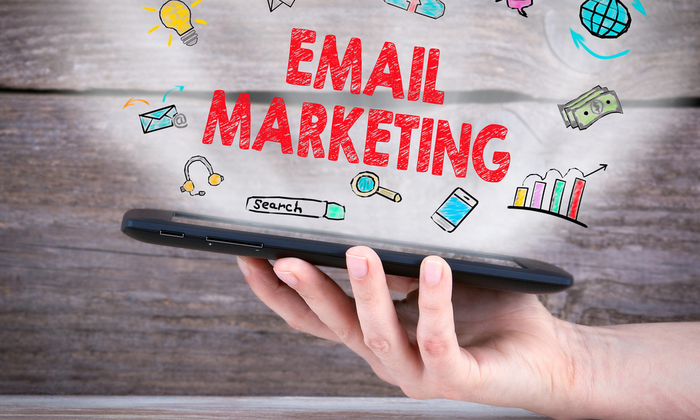A Marketer’s Guide to Email Hygiene’s Real Value

Email marketing has weathered the test of time, and it seems to be here to stay. Marketing fads come and go. Email marketing, with a return on investment (ROI) of 4,400%, or $44 for every $1 invested, is still the preferred method for major corporations.
If you don’t take the necessary actions to clean your email lists, they will always fail, no matter how thorough or tailored your email campaigns are. The simplest way to get labeled as spam and harm your email reputation is to send emails to poor contacts.
Despite its importance, email hygiene is often ignored when it comes to email marketing. Email hygiene is critical, and today’s blog article outlines how you can keep your list clean.
What is the significance of email hygiene?
It’s as easy as this: the quality of your email list determines your sender’s reputation. The organization’s sender’s reputation heavily influences the deliverability of email messages. Your company’s emails will wind up in spam folders rather than inboxes if you have a terrible reputation as an email sender.
What to do to keep your email in good shape
Keeping your email lists up to date and free of errors is the only way to guarantee that your promotional emails are sent to the correct recipients. This article will go through the most effective methods for achieving this goal. Stay with it.
Validate email addresses before sending them out.
The minute a potential customer fills out a form on your website is an excellent place to start. As long as your registration forms allow any email addresses, you’ll have an email list complete with inaccurate and formatted addresses.
We propose that you try to prevent the entry of incorrect email addresses into your CRM, regardless of whether the individual purposefully enters a phony email address or makes a careless mistake.
Attempt to reduce the number of visitors who leave.
Damage to your sender’s reputation increases with each bounce you get. Because this is the reason: If your bounce rate is too high, ISPs may assume that you are a spammer. This might affect your email’s long-term deliverability.
Here’s how to deal with a high bounce rate: Email transmissions should be regularly monitored, and any email addresses that surpass a certain bounce rate level should be deleted. Getting more than one bounce implies that an email address is no longer valid. However, getting more than one bounce may indicate that the recipient’s inbox is complete or that their server had technical difficulties.
Filter out those who aren’t interested.
Compute how frequently each receiver interacts with the emails they get from you. If a lead hasn’t opened an email in a specific time, we propose switching them to a different list. You’ll still have their contact data for potential use, but your open rates won’t suffer.
Unsubscribing should not be made too harsh.
It’s preferable to unsubscribe than ignore emails or report spam, but it’s still not ideal. Keeping your unsubscribe link visible is critical in this situation.
A discount or a unique piece of content might be an excellent inducement to keep people from unsubscribing from your mailing list. You might also give numerous alternatives via a preference center, such as receiving fewer emails or emails from a specified category. Remove them from your mailing list if they insist on unsubscribing.
Email Hygiene Final Thoughts
That’s all there is to it when it comes to keeping an email list free of spam. A great email marketing campaign isn’t easy to execute, as you know. Don’t let your email lists go by the wayside if you value your time and work.
Contact Email Oversight immediately if you want to increase the quality of your email lists. You’ll benefit from our extensive database’s reliable contact information for the best delivery and response rates.
